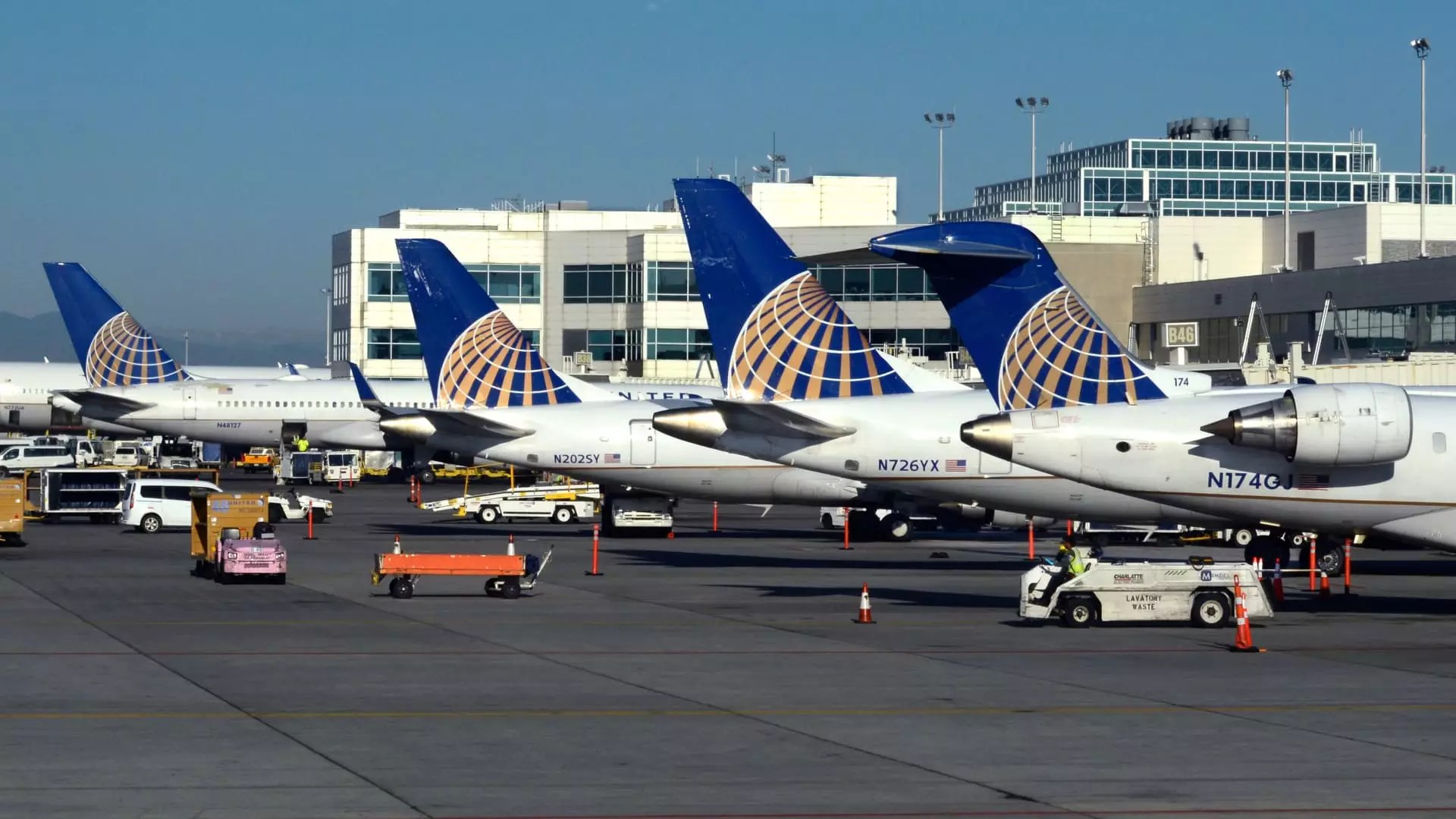In an age when consumer loyalty is critical, United Airlines’ recent decision to hike fees for annual airport lounge memberships and rewards credit cards raises eyebrows and alarms. While Richard Nunn, the chief executive of United’s MileagePlus loyalty program, assures that “the value increments and the benefits… outweigh any increase,” one must ask: are we being sold a shiny facade of benefits while the core value diminishes? The approach feels more like an exploitative strategy aiming to squeeze every dime from loyal customers than a genuine attempt to enhance service offerings.
The Trend of Monetizing Exclusivity
Over the past few years, airlines have morphed into profit-hungry entities, with revenue from ancillary fees and loyalty programs soaring beyond expectations. United’s reported $3.49 billion in “other” revenue last year exemplifies this trend. However, the ongoing monetization of what were once complimentary perks feels akin to a middle-class tax—an erosion of an experience that should be enjoyable rather than burdensome. The airline’s insistence on raising barriers to entry into premium lounge experiences, once a symbol of status, now seems aligned more with creating exclusivity for the sake of profit than enhancing customer enjoyment.
Who Actually Benefits?
While Nunn mentions perks such as rideshare credits and award flight discounts, will they truly compensate for the increased costs? The target audience appears to be the burgeoning class of elite travelers, but what about average passengers who now find themselves financially squeezed? For many, frequent flying is already an arduous task, and adding additional fees creates an environment where loyalty is not just unappreciated but also undervalued. The changes may benefit the affluent customer base, but they risk alienating a significant segment of the flying public who once felt recognized and rewarded for their loyalty.
Consumer Resilience and the Power of Choice
What remains to be seen is how consumers react to this blatant attempt to monetize every aspect of flying. As fee increases roll out across the airline industry—amplified by competitors like Delta and American Airlines—customers are reaching a breaking point. The influx of new premium-credit-card holders may indicate growth, but it does not necessarily correlate with genuine satisfaction. In a broader sense, consumers are increasingly aware of their power to choose and may opt for alternatives, including airlines that prioritize a balanced approach to loyalty and costs.
Is Loyalty Worth the Price?
At the core of United’s strategy lies an implicit belief that customer loyalty can remain unwavering, even in the face of mounting fees. However, will that loyalty endure when travelers feel that airlines are tightening the screws? The allure of luxurious lounges and benefits is less enticing when they come at exorbitant costs. Ultimately, when loyalty programs prioritize profit over genuine connection, consumers may reassess their allegiance. It is time for airlines like United to return to their roots, focusing on customer experience instead of fiscal gains, if they wish to retain their most valuable asset—their loyal clientele.


Leave a Reply